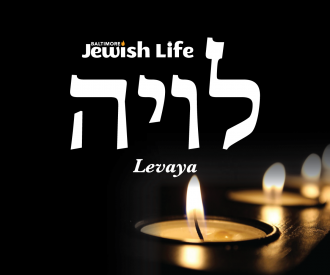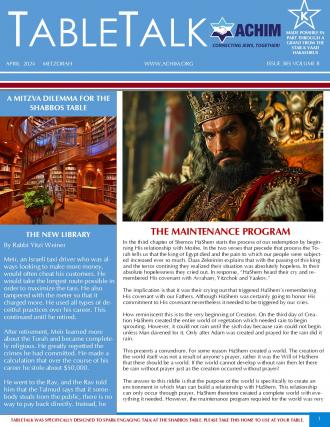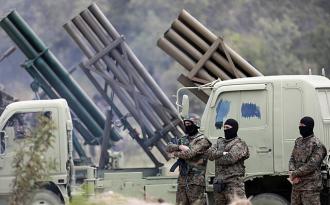The poetry that makes up most of this week's parsha begins with a call to the heavens and the earth to bear witness to the words of Moshe to follow. Immediately thereafter, Moshe proclaims, "ya'arof kamatar likchi, tizal katal imrasi, kis'irim alei deshe, vechirvivim alei eisev." In short, this pasuk compares his words to the rain, the dew, and the wind. I wish to focus only on the last half of the pasuk. Rashi explains se'irim to be winds and revivim as rain drops. He further explains that deshe refers to a general covering of grass while the word eisev refers to individual blades.
It would seem to follow from Rashi that the pairing of se'irim with deshe and revivim with eisev is quite logical. Wind is a phenomenon consisting of a single unit and cannot be broken down into smaller parts as there are no "pieces" or "drops" of wind. Thus, it is applied to deshe which refers to the general covering of grass, viewed as a single unit as well. The revivim, which are individual raindrops, are applied to the eisev, the individual blades of grass.
I believe there is a symbolism behind these two metaphors. Rashi explains that just as the winds strengthen the grass, so too, the words of the Torah strengthen those who learn them and help them grow. This pasuk is conveying to us the nurturing powers of Torah. Therefore, we may explain that the pasuk is teaching us the far-reaching benefits of Torah for K'lal Yisrael on a collective level, as symbolized by se'irim and deshe, as well as the sustenance it provides for each and every one of us on an individual level, as symbolized by the revivim and eisev.











